Introduction
Investing can be a stepping stone towards financial freedom, yet the journey begins with understanding the basic terminology. This guide aims to unravel key investment terms, explore various investment types, and delve into the long-term investment advantages, all illustrated with real-world examples and statistics. As you venture into the financial world, remember that professional guidance is available to help navigate the complexities of investing. At Trilogy Financial Services, a dedicated financial advisor can work with you to amplify your wealth and fast-track your financial independence. Discover more about how they can assist you in planning for long-term success as we delve into the essential investment terminology.
Defining Key Investment Terms
1. Stocks:
-
- A share of ownership in a company which may yield returns through price appreciation and dividends.
- A share of ownership in a company. Stocks have the potential for high returns, with the S&P 500 for example having a long-term average return of 11.88% per year1.
2. Bonds
-
- Debt instruments issued by governments or companies that pay periodic interest and return the principal amount at maturity.
- Debt instruments that pay periodic interest and return the principal amount at maturity. They are considered less risky compared to stocks.
3. Mutual Funds
-
- Investment vehicles that pool money from multiple investors to buy a diversified portfolio of stocks, bonds, or other securities.
- Pools of funds from multiple investors managed by professionals to buy a diversified portfolio of stocks, bonds, or other securities.
4. ETFs (Exchange Traded Funds):
-
- Funds that track indexes, commodities, or a basket of assets and are traded on stock exchanges like individual stocks.
- Like mutual funds but traded on stock exchanges like individual stocks.
5. Dividends:
-
- Payments made by companies to shareholders from earnings, usually on a quarterly basis.
- Dividends are not guaranteed by companies to shareholders
Exploring Investment Types
Different types of investments cater to varying risk appetites and financial goals. In 2020, 35% of respondents believed real estate to be the best long-term investment, followed by the stock market2.
1. Growth Stocks:
-
- Companies expected to grow at an above-average rate compared to other firms.
- Examples: Amazon (AMZN), Nvidia (NVDA), and Tesla (TSLA) have shown substantial growth over the past decade1.
- Companies like Amazon, Nvidia, and Tesla are examples of growth stocks that have shown substantial growth over the past decade3.
2. Value Stocks:
-
- Companies trading below their intrinsic value based on fundamentals.
- Examples: Exxon Mobil (XOM), Johnson & Johnson (JNJ), and Verizon Communications (VZ) are considered value stocks1.
3. Dividend Stocks:
-
- Firms that have historically returned a portion of their earnings to shareholders through dividends.
- Examples: AT&T (T), Walgreens Boots Alliance (WBA), and 3M (MMM) have high dividend yields1.
4. Bond Investments:
-
- Bonds are considered less risky than stocks and provide fixed interest payments over time1.
- Bonds are essential for balancing a portfolio and are generally considered less risky than stocks3.
5. Mutual Funds and ETFs:
-
- These funds provide diversification and professional management, making them suitable for long-term investors1.
Advantages of Long-term Investments
Long-term investments, typically held for five years or more, allow the benefits of compounding to significantly enhance the value over time4. It's important to understand your risk tolerance when it comes to determining your investment portfolio such as the amount of money you want for your retirement account and what investments in stocks might yield the higher returns and market capitalization you are looking for in your broader financial goal.
Why Long-term Investments Are Valuable:
- Compounding:
- One of the most compelling reasons for long-term investing is the benefit of compounding. When you reinvest the earnings from an investment, those earnings can earn more over time. The longer the investment horizon, the more substantial the compounding effect.
- Reduced Impact of Volatility:
- Short-term market volatility can significantly affect investment values. However, long-term investments tend to smooth out these short-term fluctuations, potentially leading to more stable returns over time.
- Tax Efficiency:
- One common advantage of a long-term investment is that they often enjoy more favorable tax treatment compared to short-term investments, which can enhance net returns.
- Diversification:
- Long-term investments allow for diversification, spreading out risk across different asset classes or sectors, which can lead to more stable returns over time.
Delving into Case Studies and Numbers:
- Warren Buffett:
- Warren Buffett is a quintessential example of a long-term investor. His strategy of buying and holding quality stocks has led to significant wealth accumulation over decades. His approach exemplifies how a disciplined, long-term investment strategy can lead to substantial financial growth.
- Growth of $10,000 Investment:
- In the scenario provided earlier, a $10,000 investment growing to $33,618 over 20 years with a 7% annual return showcases the power of compounding. The formula to calculate future value is FV=PV(1+r)n
- Where:
- FV is the future value of the investment.
- PV is the present value or initial investment amount ($10,000 in this case).
- r is the annual interest rate (0.07 in this case).
- n is the number of years (20 in this case).
- Investment in Growth Stocks:
- Companies like Amazon, Nvidia, and Tesla have shown remarkable growth over the past decade, often outperforming the broader market. The ROI (Return on Investment) is calculated as:
- (Final Value of Investment – Initial Value of Investment)/Initial Value of Investment)×100
- (Final Value of Investment – Initial Value of Investment)/Initial Value of Investment)×100. Their high ROI illustrates the potential returns available from investing in growth-oriented companies over the long term.
- S&P 500 Long-term Average Return:
- The long-term average return of 11.88% for the S&P 500 illustrates the potential for growth over time when investing in a diversified portfolio of large-cap US stocks. It also reflects the historical resilience and growth potential of the broader market over extended periods.
Conclusion
Understanding investment terminology and exploring various types of investments are crucial steps toward achieving financial growth. As illustrated through real-world examples and reinforced by compelling statistics, long-term investments offer a pathway to potentially grow wealth over time. However, the realm of investing can be complex, and making informed decisions is vital for financial success. If you are looking to make well-informed investment decisions, consider speaking with a financial advisor at Trilogy Financial Services. With the help of qualified professionals, you can navigate the financial complexities that may be hindering your wealth amplification journey. Trilogy Financial Services offers a range of financial services including 401k Retirement Planning, Wealth & Asset Management, Estate Planning Strategies, Investment Strategies, College & Education Planning, and Insurance Services, all tailored to help you achieve your financial goals1.
Instead of spending years mastering finances on your own, partnering with those who have already traversed the financial landscape can fast-track your financial success. A dedicated financial advisor from Trilogy Financial Services can work with you to make your money work smarter and harder, simplifying the financial intricacies that have been keeping you up at night. You can schedule a no-strings-attached portfolio review today and embark on a path to financial success guided by professional advisors. For more information and to schedule your consultation, visit www.trilogyfs.com/yourmoneyamplified. With the right knowledge and professional guidance, the journey of investing becomes an exciting venture towards pursuing financial security and growth.

